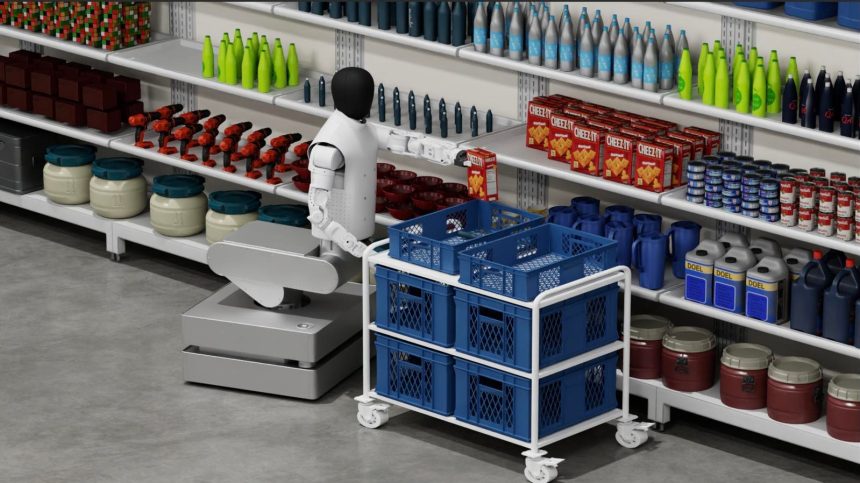Summary of Humanoid Robotics groundbreaking initiative
Humanoid Robotics, an expanding venture led by Artem Sokolov from 2024, is set to revolutionize the robotics industry by bridging the gap between laboratory demonstrations and commercial viability. Equipped with NVIDIA’s cutting-edge technology, Humanoid aims to unlock the potential of humanoid robots through a "world-class team" talent pool. This team includes engineers from top global companies, which is a significant advantage over traditional robotics firms.
The company’s approach, known as "sim-first development," involves conducting extensive testing and refining virtually before moving to physical prototypes. This method not only reduces development cycles but also significantly decreases costs, as seen in the company’s ability to achieve high-quality products in a short timeframe. The startup’s investment in NVIDIA’s simulation tools covers key areas such as virtual prototyping, edge computing, and advanced AI simulation.
Humanoid’s development strategy is also driven by aligning with vision-language-action (VLA) models, which enable robots to understand and respond to natural language commands while processing visual information. This paradigm shift presents a challenge but also opens the door to more intuitive human-robot interaction, possibly therapists than traditional robotic programming. However, this technology remains largely unproven for commercial scale deployment.
The company’s partnership with significant industry leaders underscores their commitment to advancing robotics. By recruiting skilled engineers from Apple, Tesla, Google DeepMind, and NVIDIA, Humanoid ensures a "second-mover advantage," leveraging experiences from established brands while capitalizing on the dynamic needs of manufacturing, logistics, and retail. These sectors offer significant opportunities for robotics but also present risks, particularly in safety and compliance.
The development process is characterized by rapid timelines and competitive pricing, thanks to the integration of NVIDIA’s advanced technologies. Humanoid’s collaboration with NVIDIA focuses on four pillars:
-
Sim-First Development: By validating a multitude of permutations virtually, engineers can refine designs efficiently, reducing the time and cost of prototyping.
-
Large-Scale Simulations: Using reinforcement learning, robot policies are trained to control and manipulate with high precision, addressing the complexity of real-world environments.
-
VLA Models: These VAs enable robots to learn functions through demonstration or verbal instruction, opening doors for adaptive and intuitive interaction.
- High-Performance Edge Computing: This advanced computing capability allows robots to process data and make decisions in real-time, crucial for dynamic applications like warehouse management and autonomous vehicles.
Humanoid’s immediate tactics, including diagnostics and a twelve-month launch timeline, suggest a race to market. The company’s success could be immediate, with a second-to-market window beginning in 2025, or it could take years, as})}
[similarities here]



